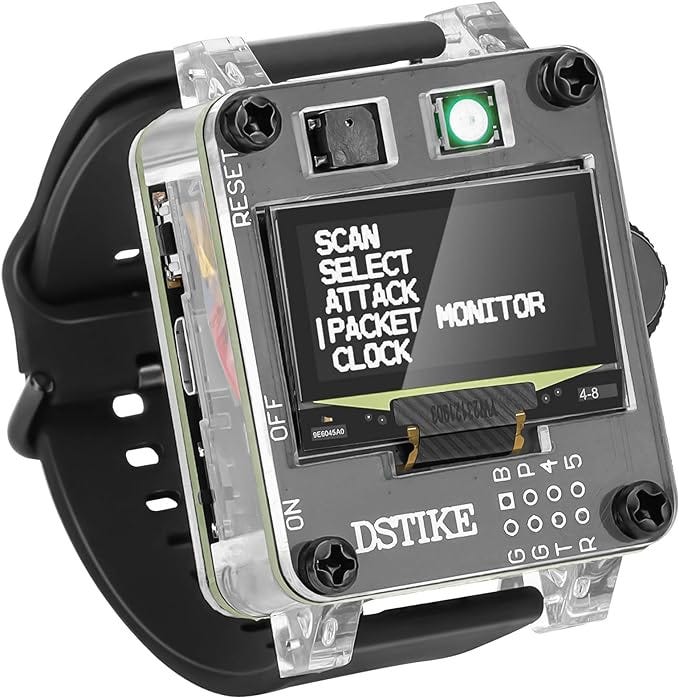Securing The Home - Navigating Security Cameras

Continuing our series on securing the home, this time covering surveillance systems. The presence and strategic use of cameras stand as a deterrent against unauthorized entry, and a means of accountability should security breaches occur.
However, as we delve deeper into the nuances of implementing a camera-based security system, it becomes clear that like all things in life, there are trade-offs between which systems to use and why.
This post aims to examine the benefits and potential drawbacks of each type of camera, and offering insights into why internal wired cameras are often the superior choice for those prioritizing security.
Wired vs. Wireless: A Tale of Two Technologies

When considering the installation of security cameras, homeowners are faced with a fundamental choice: wired or wireless? Each option comes with its own set of advantages and challenges.
Wireless cameras offer unparalleled convenience and flexibility in placement, allowing homeowners to install cameras without the need for invasive wiring projects. Their ability to connect to the internet wirelessly makes them an attractive option for those looking to easily monitor their home remotely. These are effectively plug and play devices that can be purchased anywhere from local electronic shops to Amazon.
Further, these devices do not need professional installation or the hassle and expense of setting up secure wiring.
However, this convenience comes at a cost.
Wireless cameras are susceptible to deauthentication attacks, where a malicious actor can easily disrupt the camera's connection to the network using inexpensive equipment. This vulnerability not only renders the camera ineffective but also poses a significant security risk.
Because wireless cameras are both cheaper and more convenient, they tend to also have less security. This means that these systems are often more susceptible to cyber intrusion, an issue I will discuss further in this post a bit later.
Devices such as this only cost around $70 and can detect and deauthenticate wireless devices easily on the 2G network (note that similar products exist for other bands).
Wired cameras, on the other hand, boast a higher level of reliability and security. By virtue of their direct connection to the home's network, they are immune to the deauthentication attacks that plague their wireless counterparts. This direct connection also typically results in a more stable and consistent video feed, critical for monitoring and recording potentially crucial security footage.
However, the installation of wired cameras can be more labor-intensive and costly, often requiring professional assistance to run cables throughout the home and connect them to a central recording device or network. Beyond the extra costs comes several other issues:
Improper wiring can lead to easy disabling of the cameras
Improper wiring can allow attackers to access the internal network from the exterior of the building
Most wired cameras will be connected via an ethernet cable, which if you can access will put you on the internal network and remove the camera from the network. There are tricks to use this to both get onto the network and potentially take over the entire camera network, often from the outside of the building if cameras are wired as the picture above … poorly.
Keep reading with a 7-day free trial
Subscribe to Covert Access Team to keep reading this post and get 7 days of free access to the full post archives.




